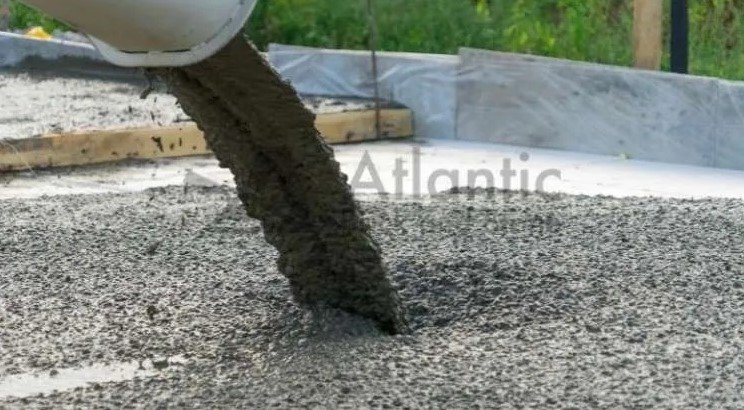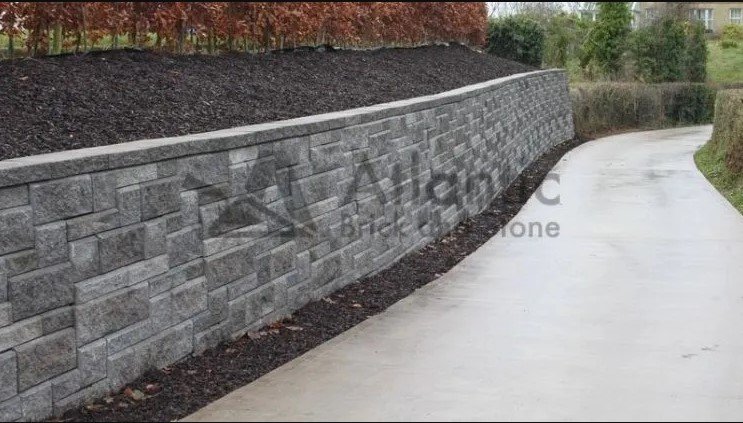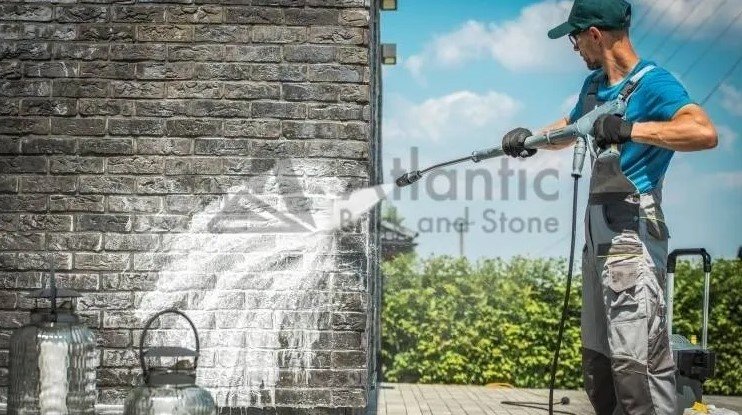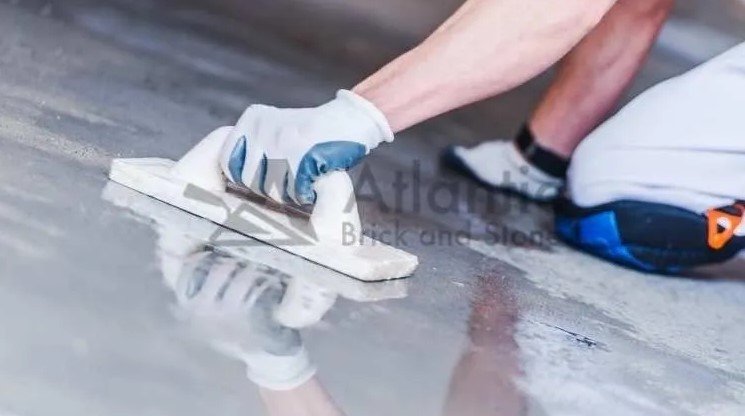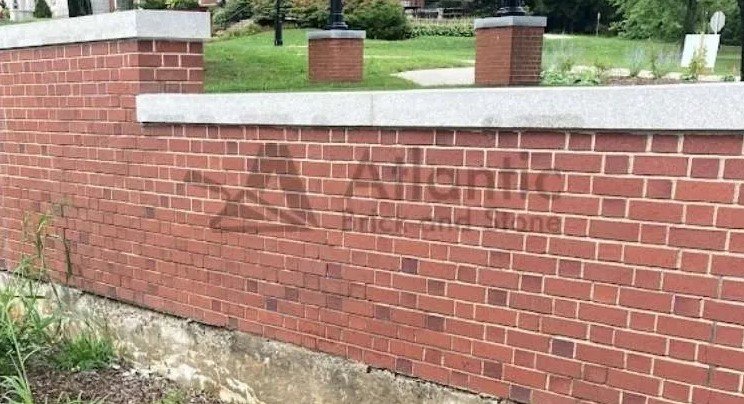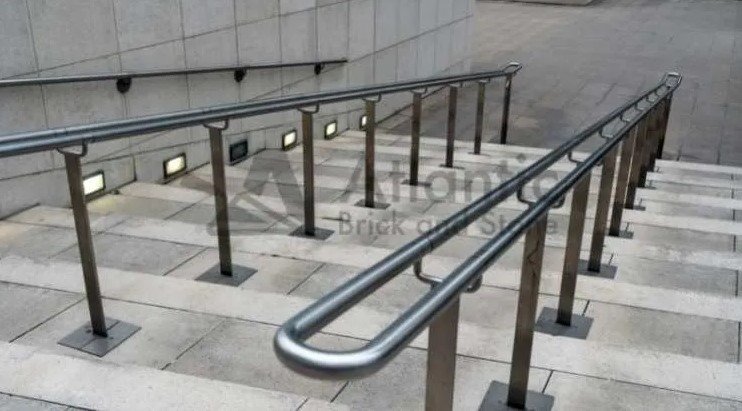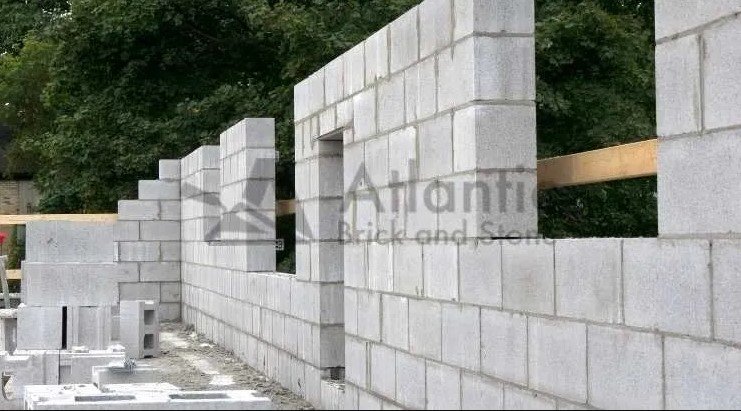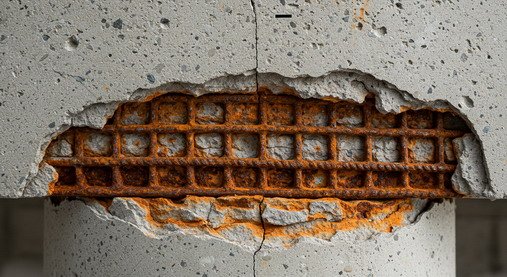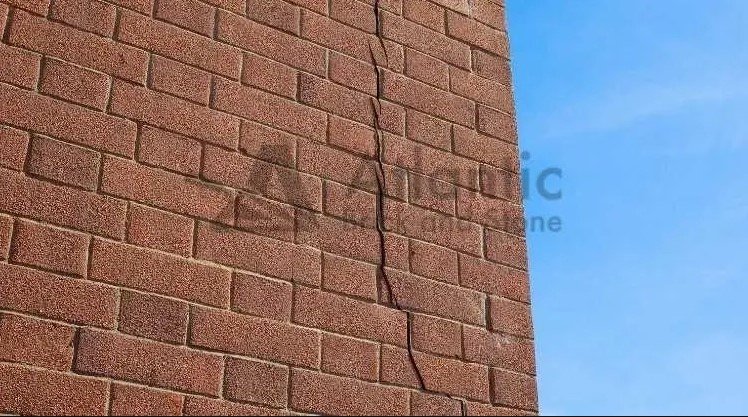5 structural problems of concrete
5 structural problems of concrete Concrete is one of the most common building materials used in the construction industry. Concrete has many advantages over other building materials, such as being a non-combustible material that can be easily molded into any shape. However, concrete is prone to many problems, including cracks, shrinkage, and moisture. These problems can lead to severe damage to the building and the surrounding area. So it is important to understand these 5 structural problems of concrete. Low Tensile Strength Concrete has a low tensile strength, meaning that it is not very resistant to stretching or pulling. This can cause the concrete to crack and spall or break into small pieces. This happens when the concrete is subjected to stress, such as when it is exposed to extreme weather conditions or when it is used in a structural application. Low Earthquake Resistance Concrete is not very resistant to earthquakes, and that can lead to serious damage in the event of an earthquake. The shaking from an earthquake can cause the concrete to crack and even crumble, which can lead to serious injuries or fatalities. Additionally, the damage from an earthquake can cause a building to collapse, which can damage other buildings and infrastructure nearby. This is why many buildings made with concrete have to be reinforced with steel rods to help. The rods add strength and stability to the concrete. Poor Thermal Insulation Concrete is a poor thermal insulator because it is a dense material that does not allow much airflow. This means that it does not allow for much of a buffer between the warm air inside a building and the cold air outside, which can lead to higher energy bills. Additionally, concrete can be pretty heavy, so it can be difficult to keep heat from escaping through the roof or windows. There are a few ways to combat the poor thermal insulation problem in concrete. One way is to use a more effective insulation material, such as fiberglass or spray foam. Another way is to cover the concrete with an insulating material, such as siding, roofing, or awnings. Finally, one can improve the thermal conductivity of the concrete itself by using additives or sealants. Susceptible to Corrosion from Chemicals and Saltwater Concrete is a brittle material that can easily be damaged by strong chemicals or saltwater. The alkalinity of these substances can cause the concrete to deteriorate and corrode. This process can lead to the formation of cracks and holes in the surface of the concrete, which can eventually lead to its complete failure. One common way to protect concrete from corrosion is to coat it with a sealant. This can be done either during the manufacturing process or after the concrete is installed. Sealants can be applied in various ways, including spraying, brushing, or rolling. They are typically made of polymers or epoxies and can be pretty effective in preventing corrosion. Another option is to use a coating that contains zinc. Poor Resistance to Fire Concrete is a highly combustible material and can easily ignite, leading to a complete collapse of the structure. The high heat from the fire will cause the metal reinforcement bars within the concrete to expand and eventually break the concrete apart. The combination of a large fire and a structurally unsound building can be disastrous. How to Avoid Damages? Structural problems with concrete are common and often result in expensive repairs. Here are some tips for avoiding these problems: Inspect the structure regularly for signs of concrete deterioration, including checking for cracks, gaps, or deformities in the concrete. Avoid overstressing the concrete by using the correct weight of materials and equipment when constructing or maintaining the structure. Use a certified masonry contractor to avoid mistakes and ensure proper construction techniques are used. If structural problems occur, consult a concrete repair contractor to determine the best course of action. Get Your Concrete Structure Repair Estimate Online Now! 506-304-0771 atlanticbrickandstone@gmail.com Request an Estimate

